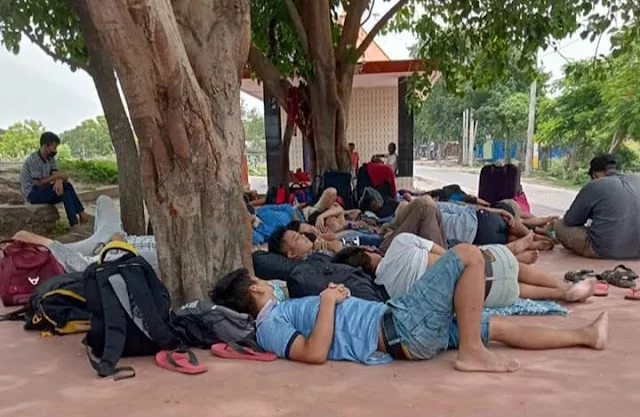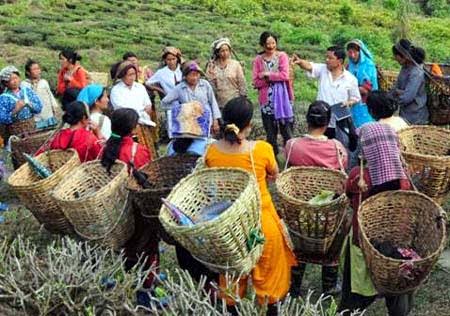The Albert Park built in 1916 completes its 100 years of existence but only to be left with a worn out gate. The important piece of historical structure valuing the significance of “green space” for people and children in particular finds no “space” in the unplanned, unsystematic, and unmindful urbanisation in Darjeeling. The sad part has been our inability to preserve and maintain such unmatched beautiful creation of architecture in the name of urbanization and development. More importantly, the loss of parks and architectures apart from physical loss is the loss of history, too. Possibly, Lloyd Botanic Garden is the only preserved garden/park in Darjeeling amongst many parks such as Donovan Park Victoria, Park Barbourne, and Shrubbery Nightingale Park.
During my recent visit to Darjeeling on 12-05-2016 I felt as if I was there to witness a remorseful event of uncelebrated centenary of the Albert Park. Strolling down towards Chok Bazar I was sad to see the present state of The Albert Park. What struck me more were the digits 1916 apparent as the year of establishment? The next number which popped up in my mind was 2016. That made 100 or a perfect century. The immediate contemplation; staring at the dreadful state of affairs of the Albert gate (and rightly not of the Park) made me and for that would make any individual feel terribly miserable. It was a moment of disbelief in belief!!!
 |
| Remains of the Albert Park in Darjeeling today |
Realising the economic, social, cultural and historical values of ancient buildings or structures (and even practices), countries around the world are advocating for those to be listed in the official World Heritage Site List of UNESCO. Conversely, we are almost allowing our historic structures to go unnoticed and uncared for. It is time that we assume the responsibility to care and show respect not just for local community/ interest but also for the world as a whole; as the existence of these structures provide an opportunity for the global community to visit, learn, appreciate and connect to their past. There is so much to learn from such important architectural piece of undocumented history. This may be viewed as an opportunity to sustainable tourism.
Romila Thapar argues “understanding our past is of vital importance to our present” (The Past as Present, 2014). Unfortunately, our books (or syllabus) in schools and above never have had space for our own history, geography, historical monuments, tombs, religious structures, place-names, railways (Darjeeling Himalaya Railways) and connectivity breakthroughs, hydro-electricity (Sidrabong power station), community, cultural and social practices etc. We need to preserve and narrate these historical stories to our children and youth (coming generation). As it is said, each piece of historical architectural has its own story of art, culture, knowledge, technology and progress of human civilisation.
Therefore, we seriously need to revitalise our thought process and reorient our institutional approach towards the study and restoration of such few remaining historical structures before these exclusive treasures are pushed over the cliff or before we lose them completely by ‘wilfully’ allowing them to decay and fade.
Bivek Tamang
Assistant Professor
Sikkim University- Gangtok
(A Central University established by an Act of Parliament, 2007)
Also the author of Political “Uncertainty” (arguably instability) in the Darjeeling Hills: Confusion, Chaos and Crisis. )
Via DT





